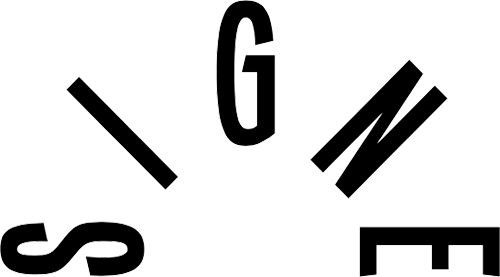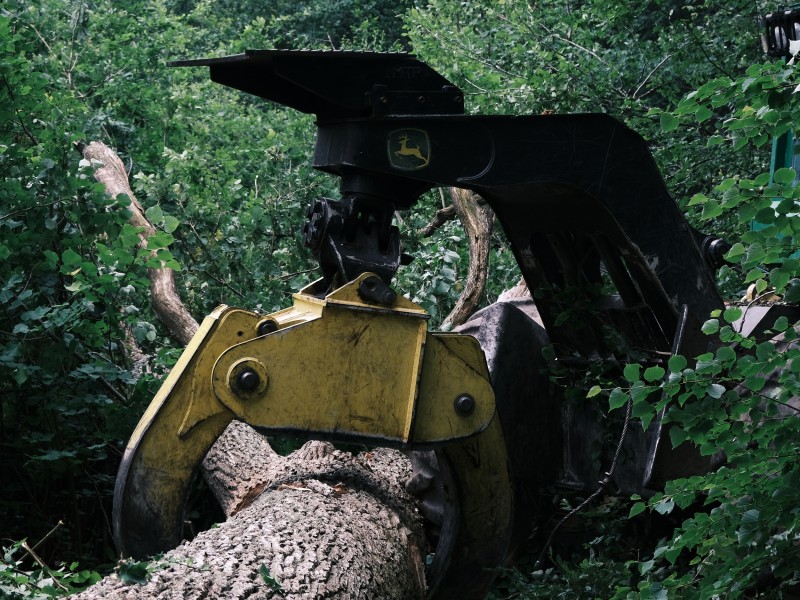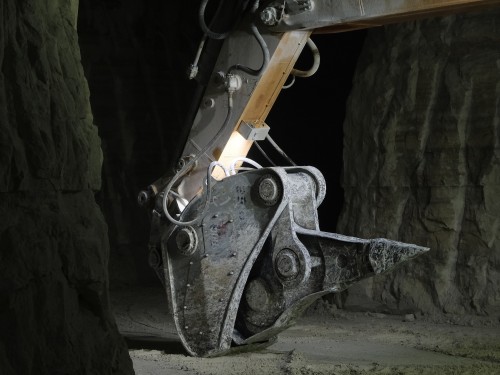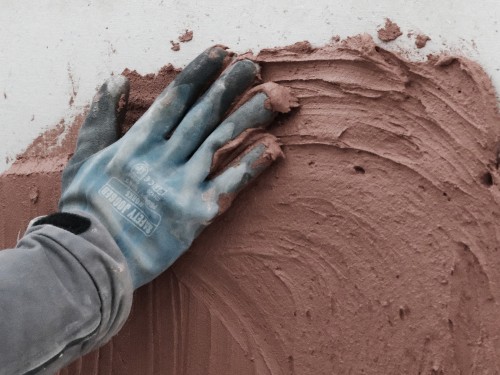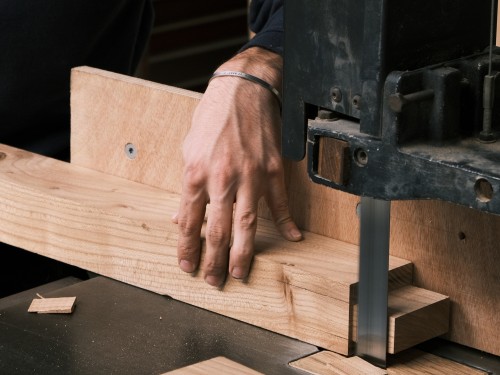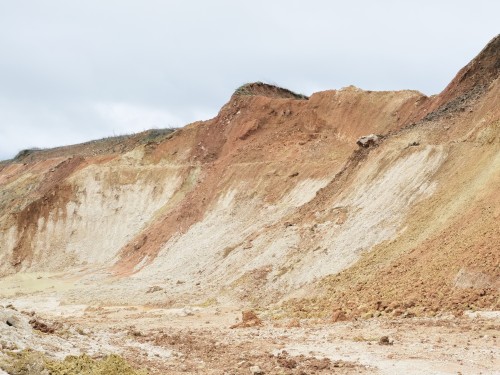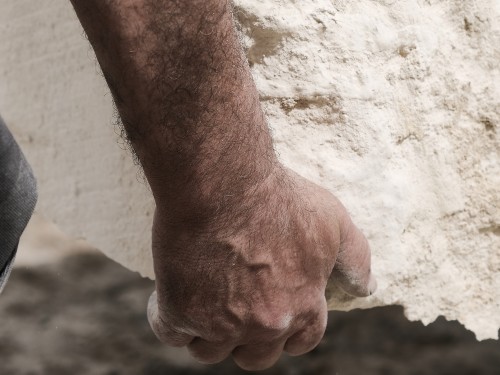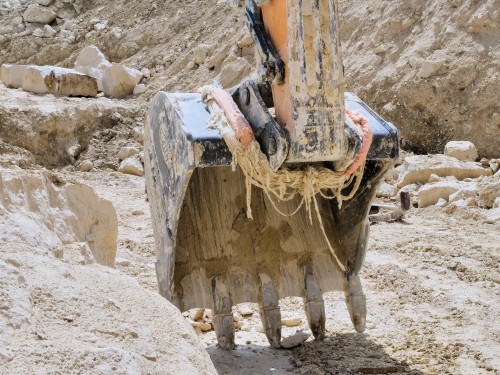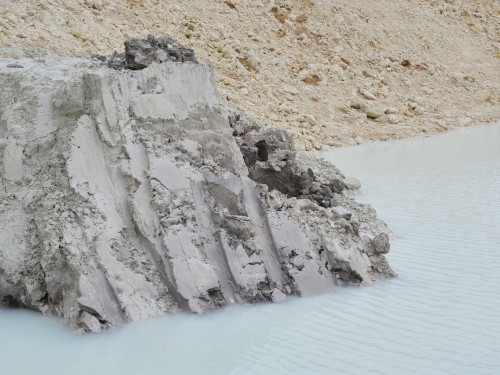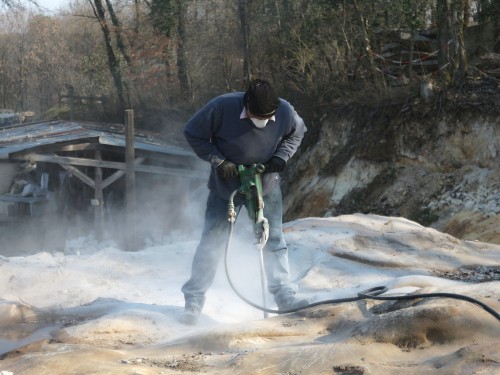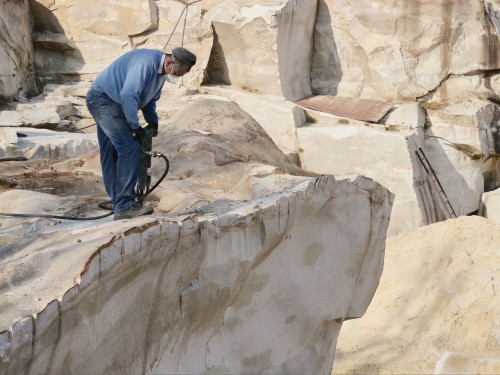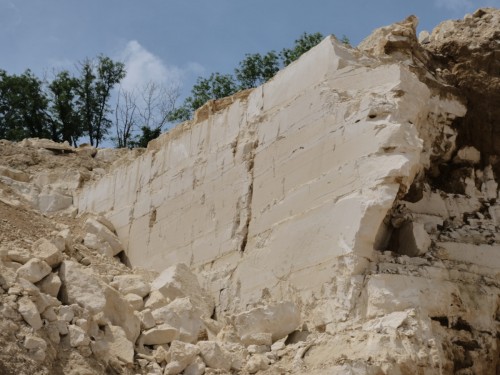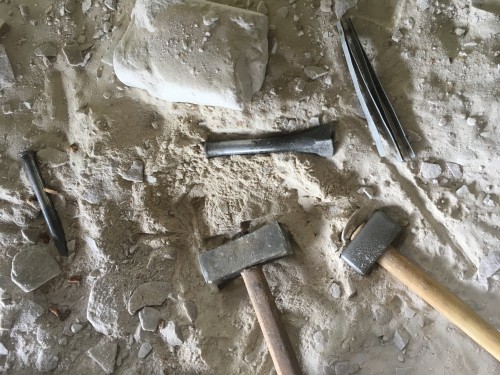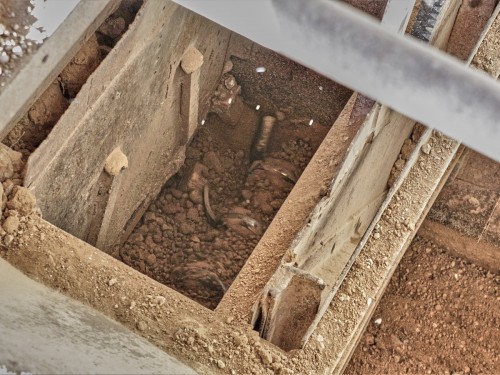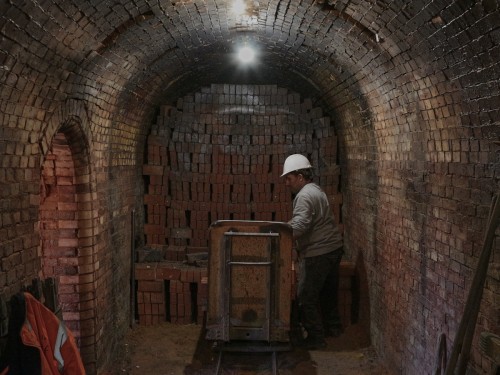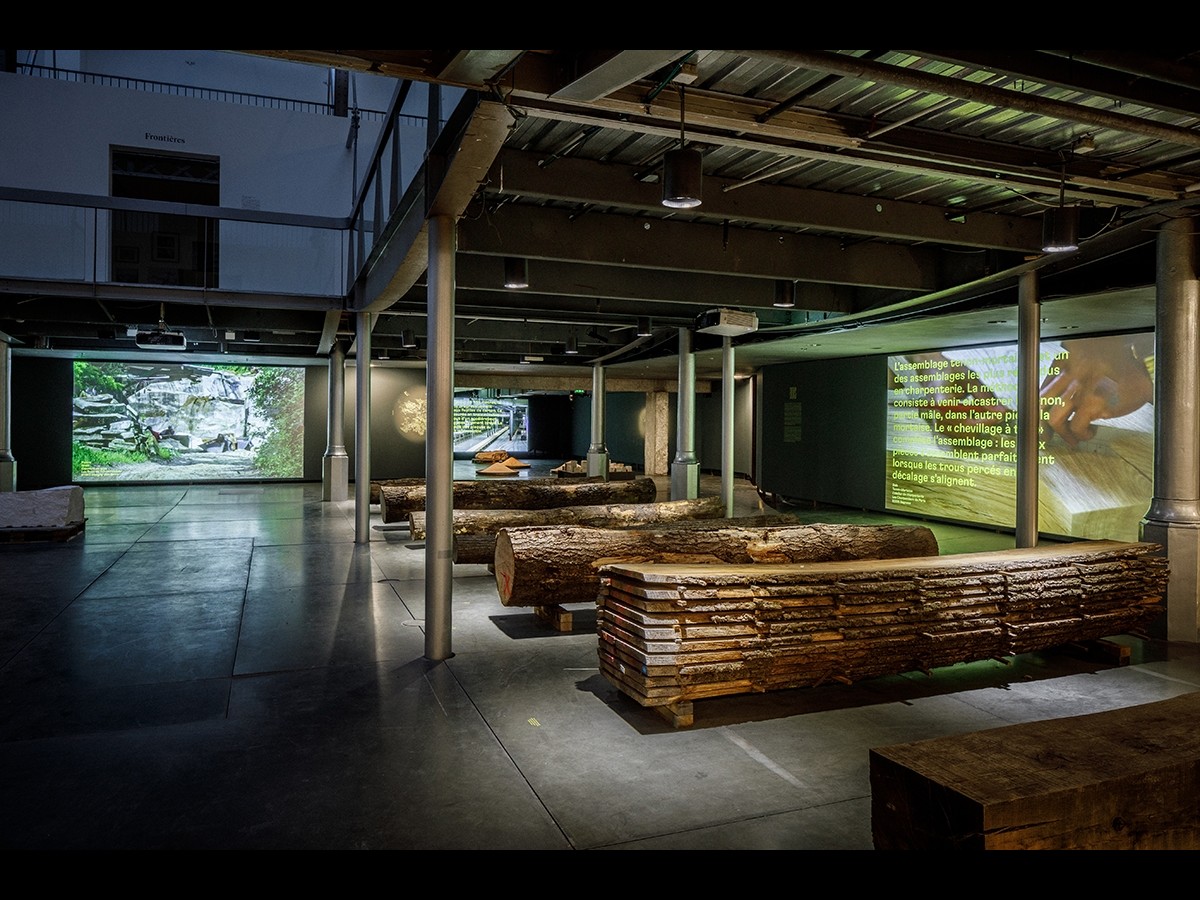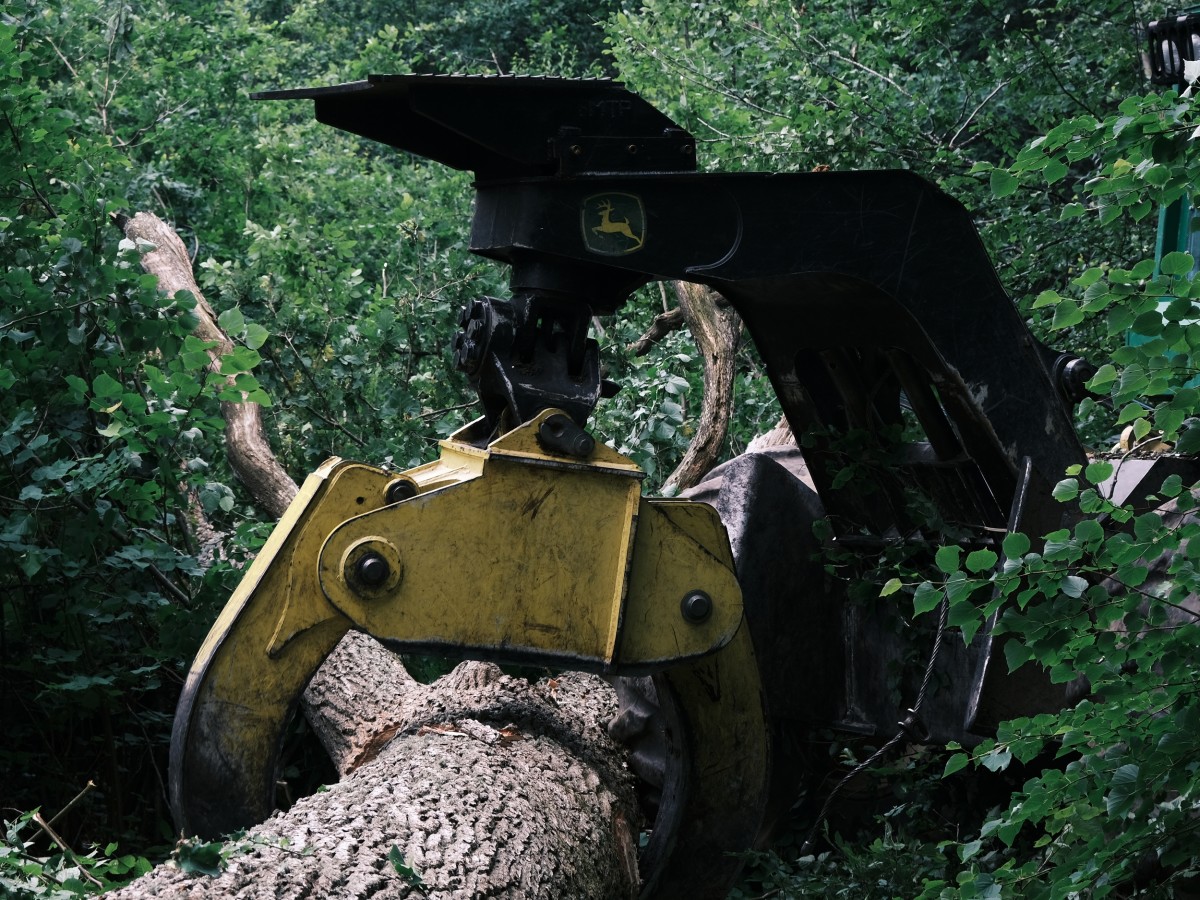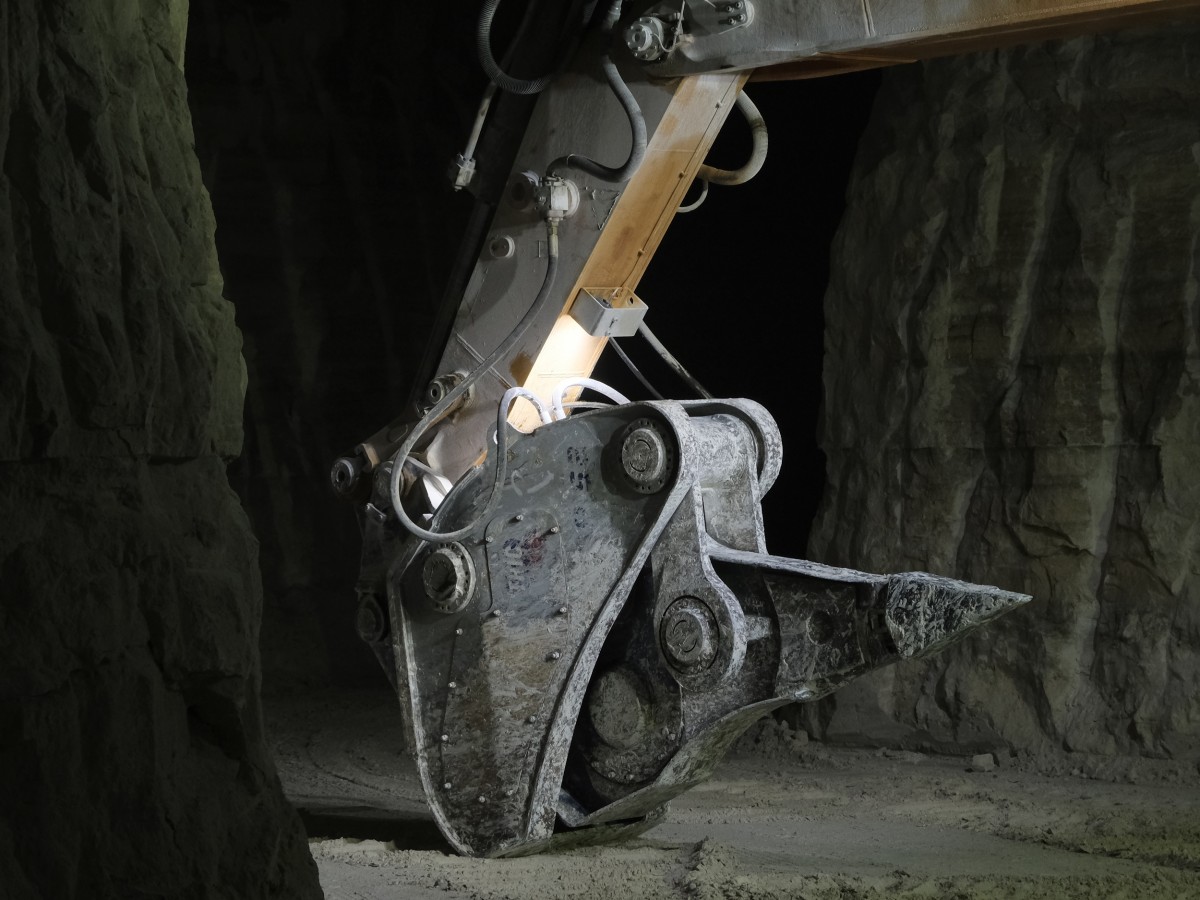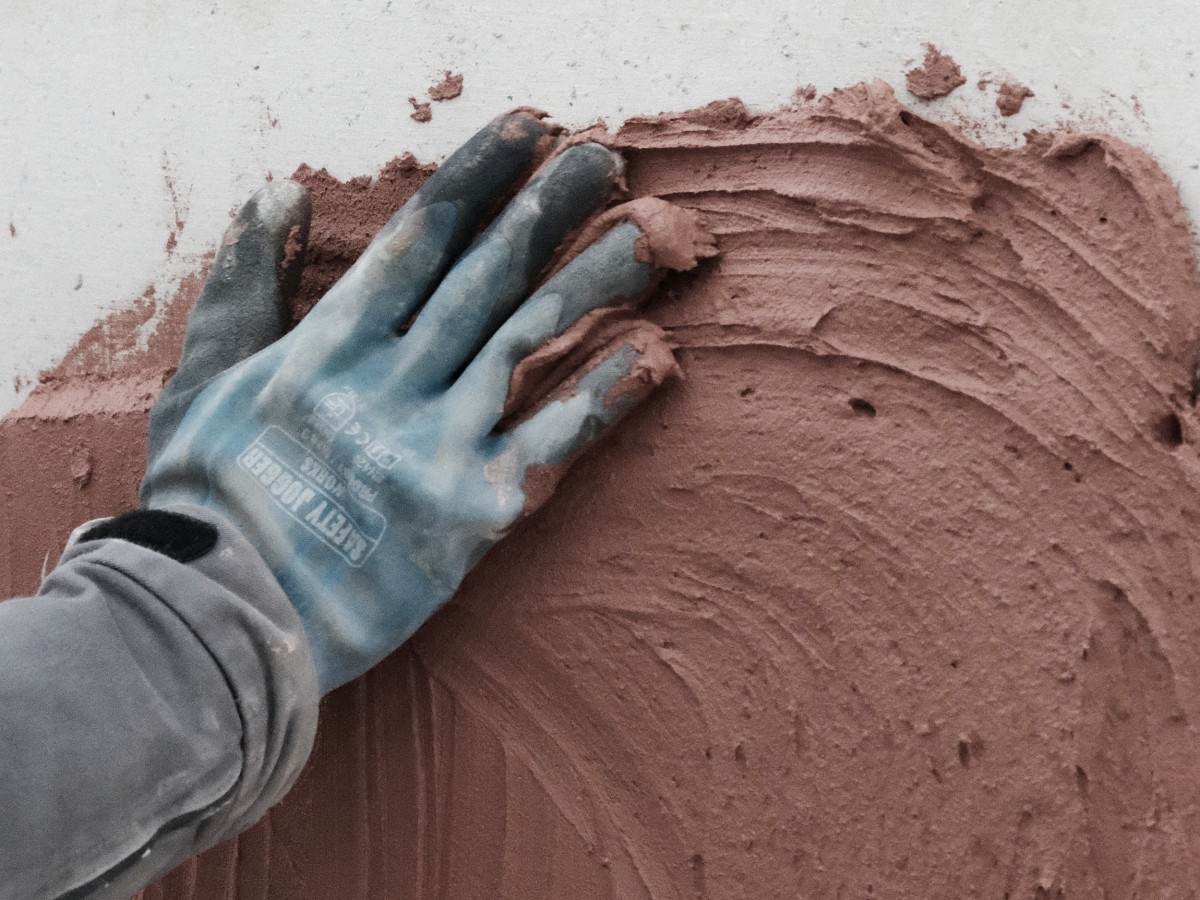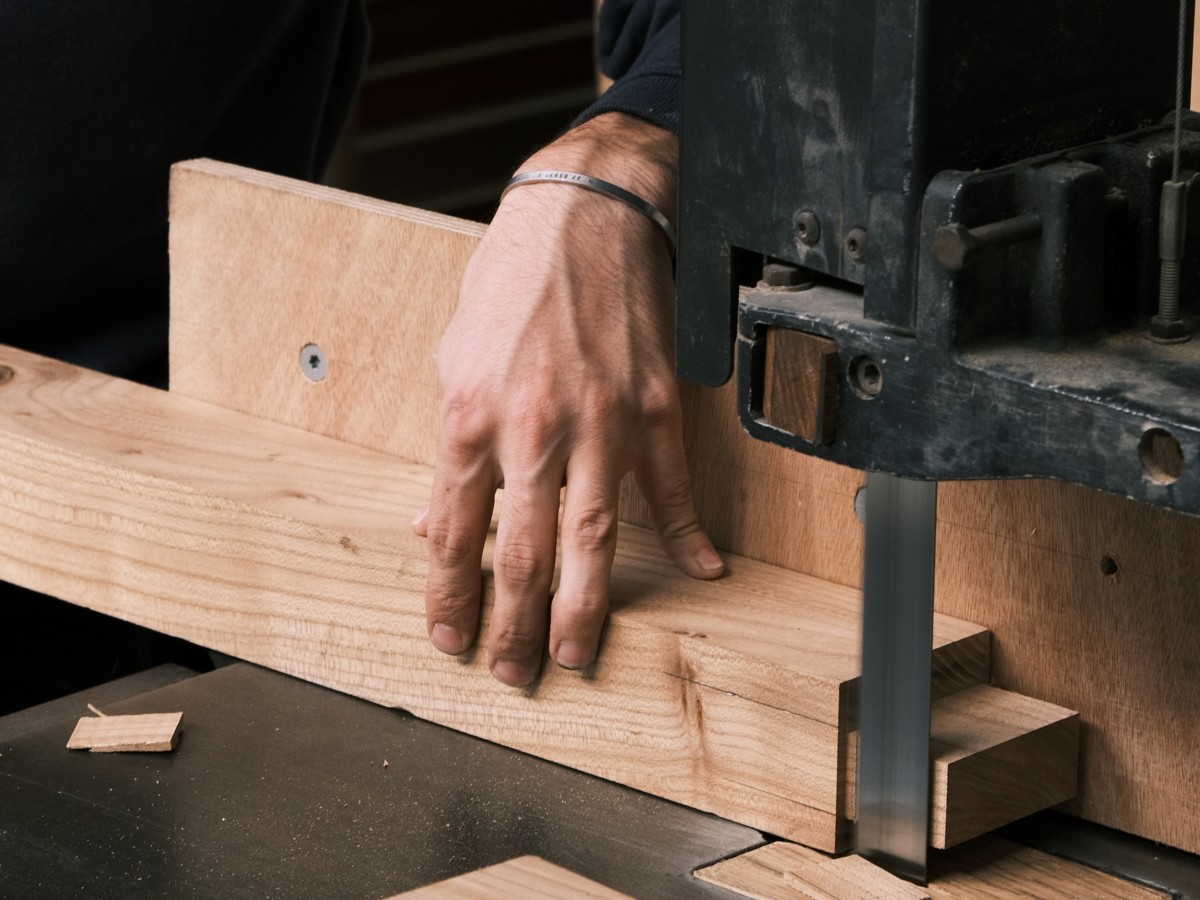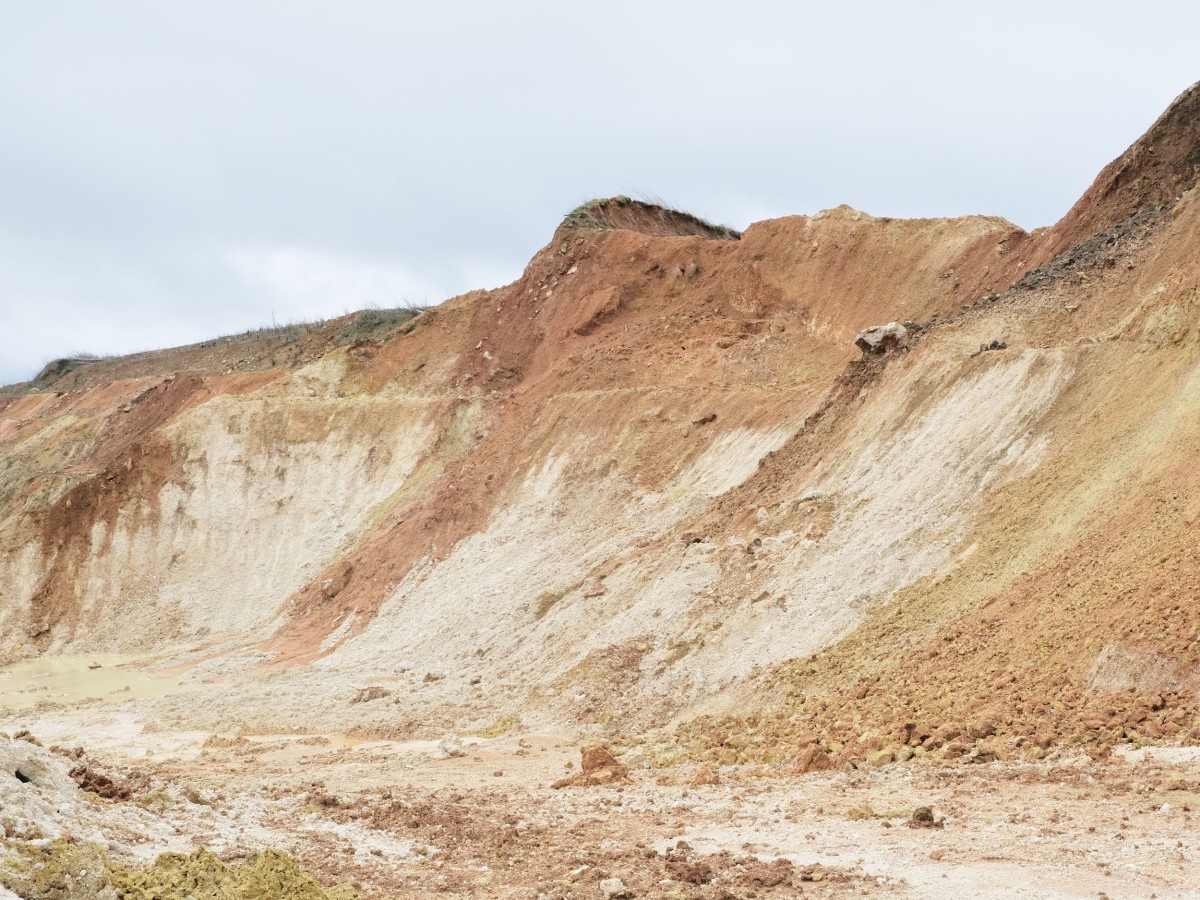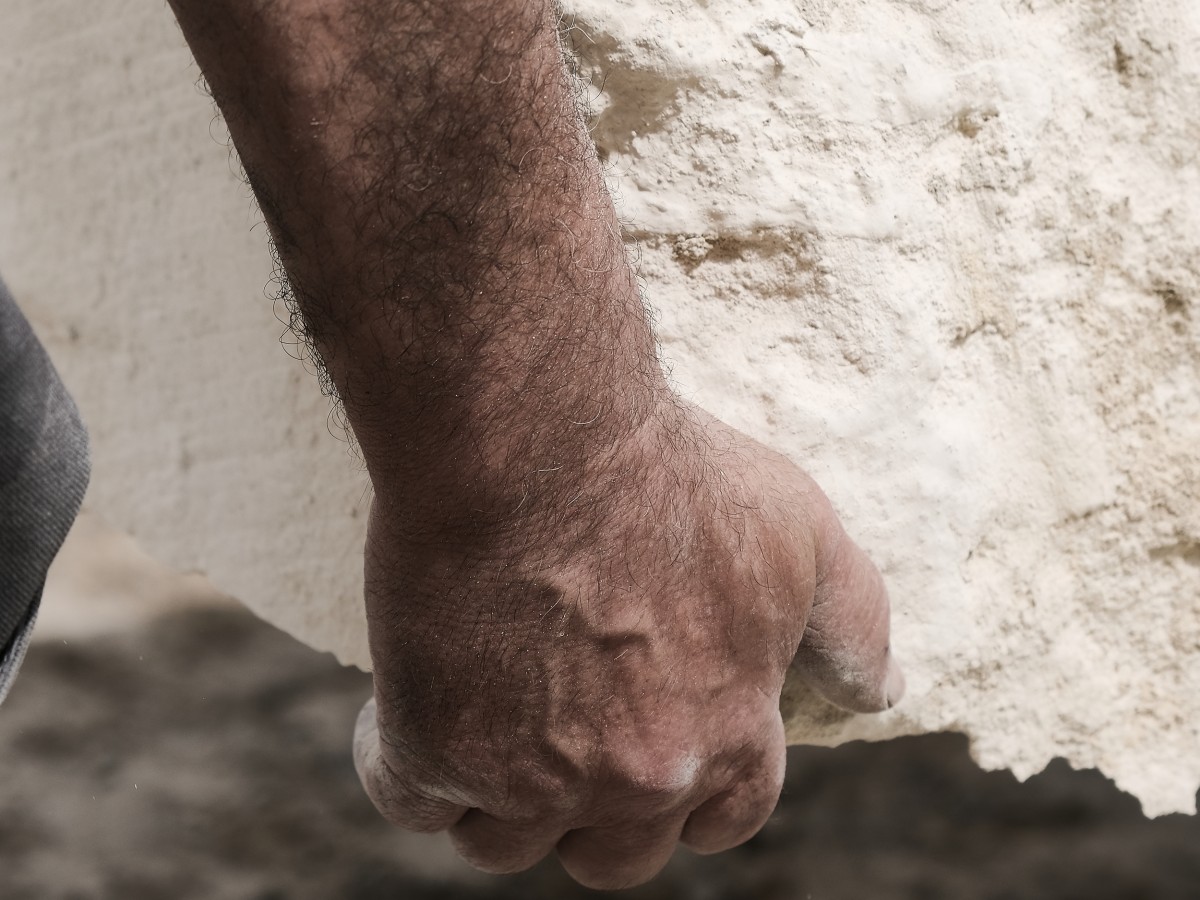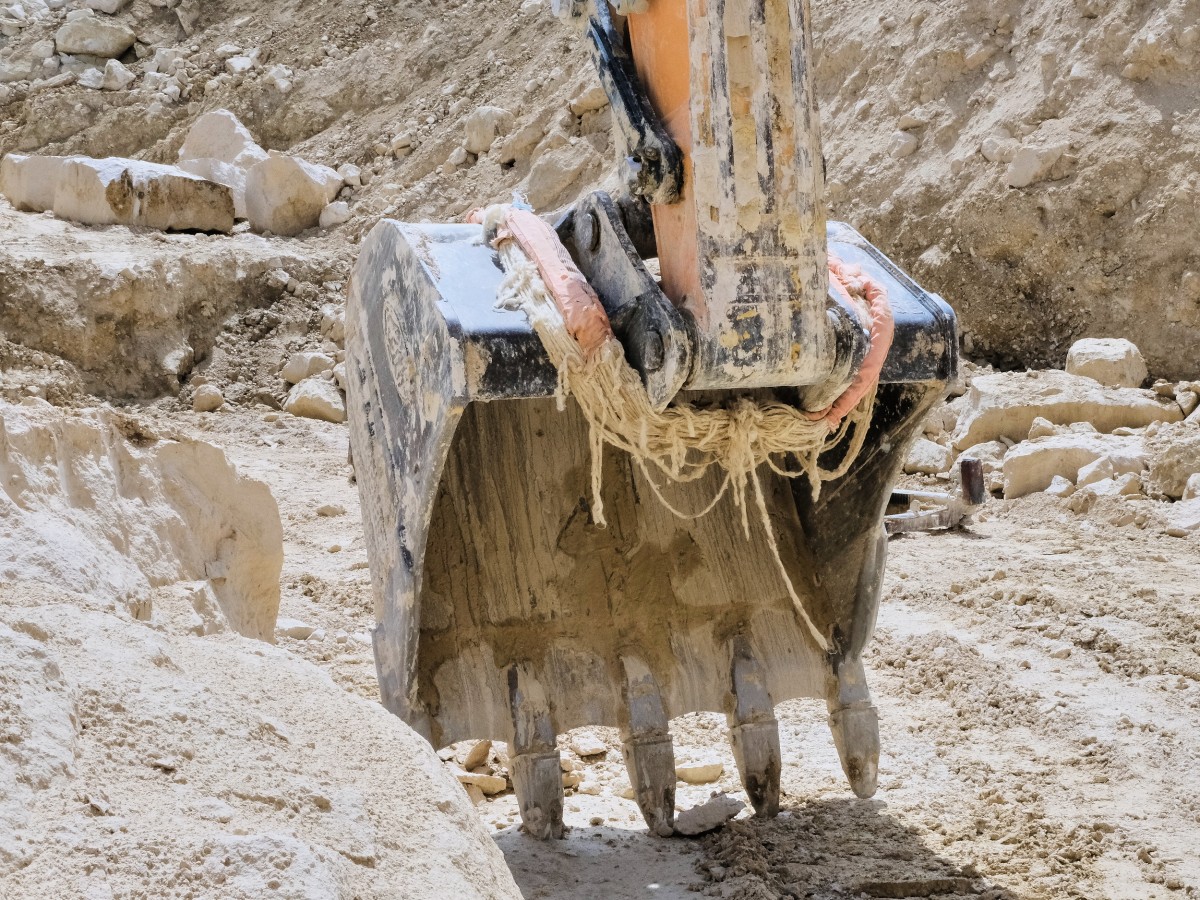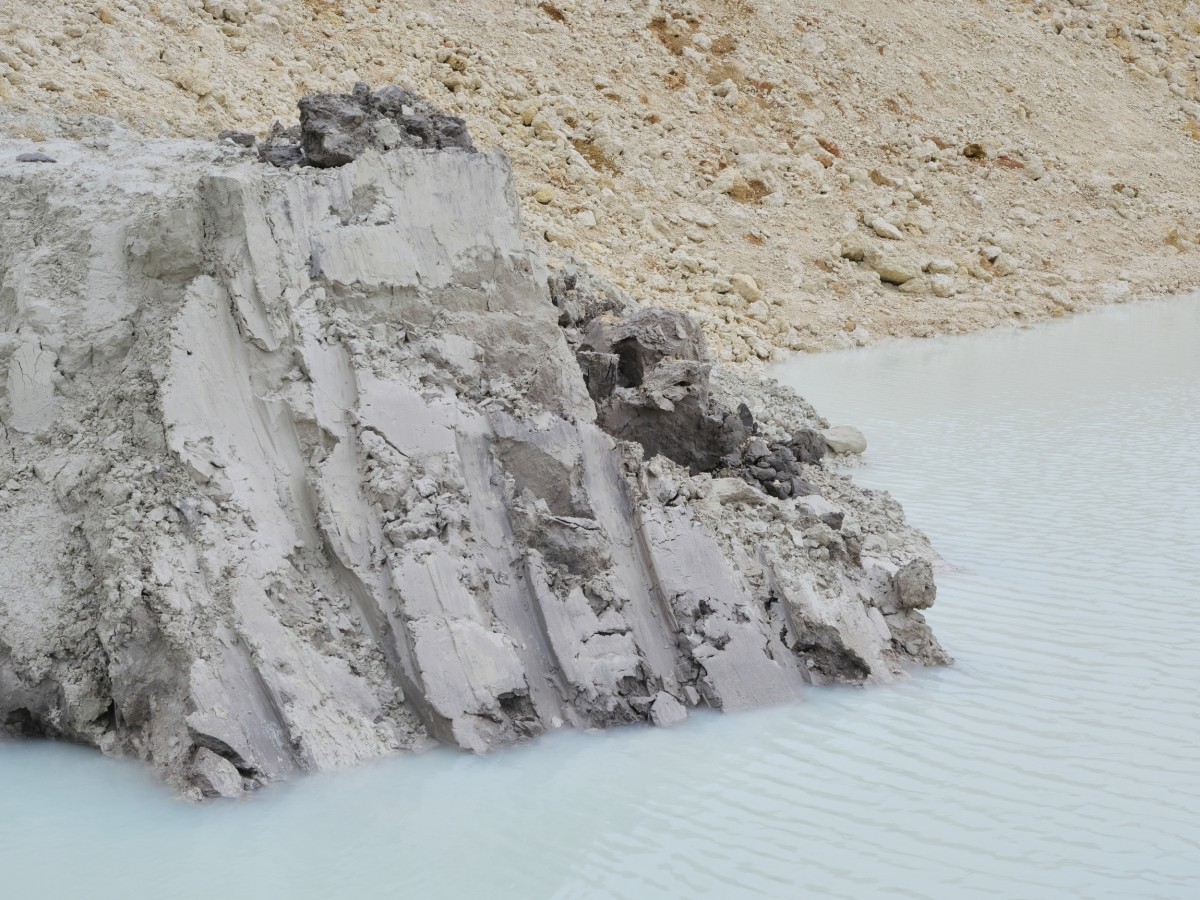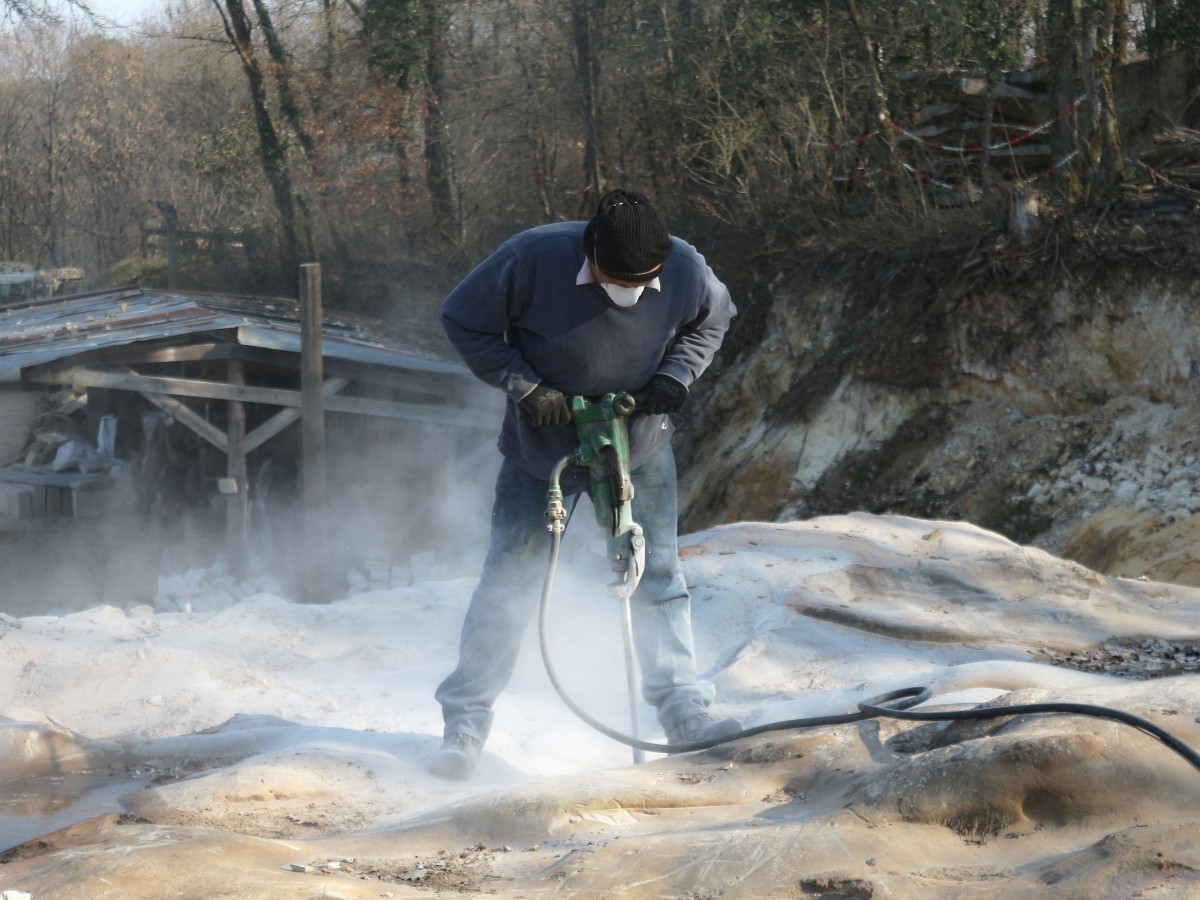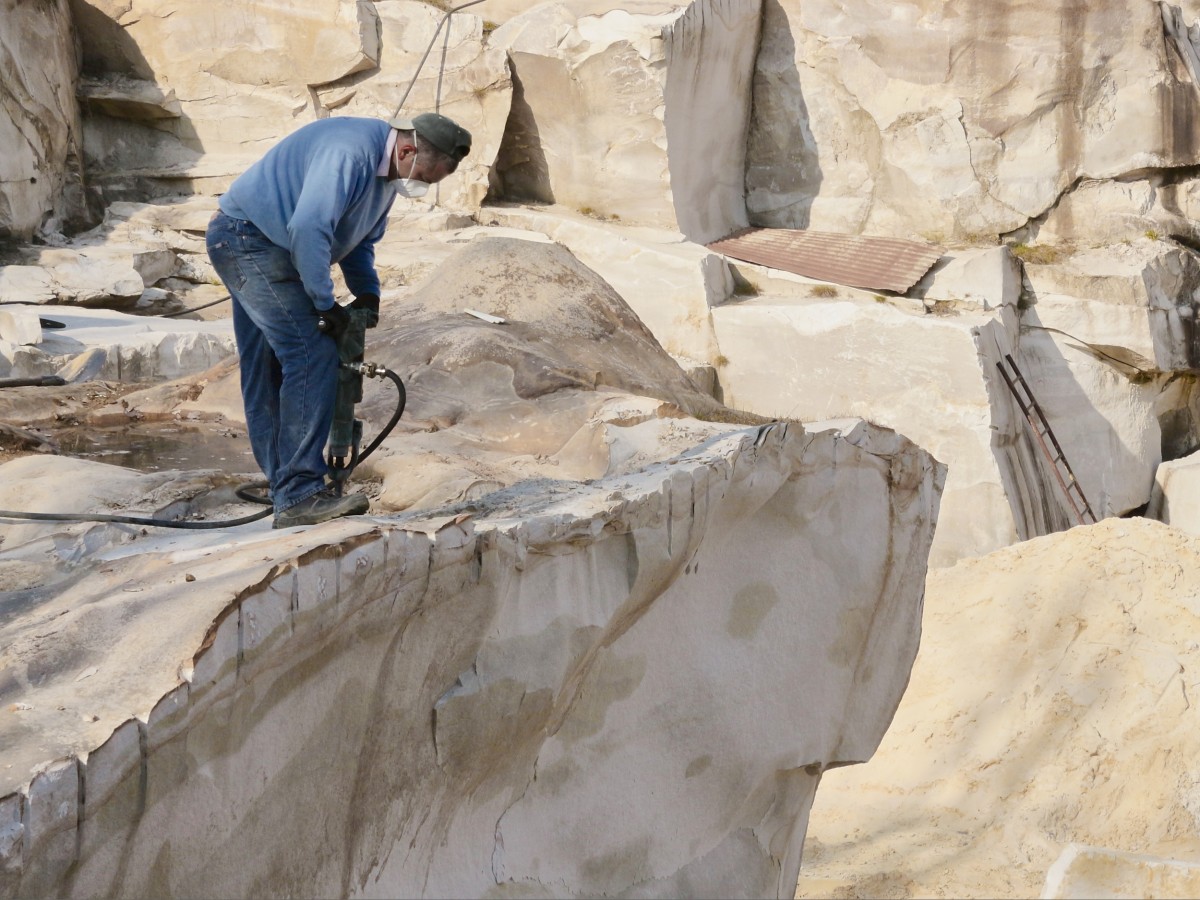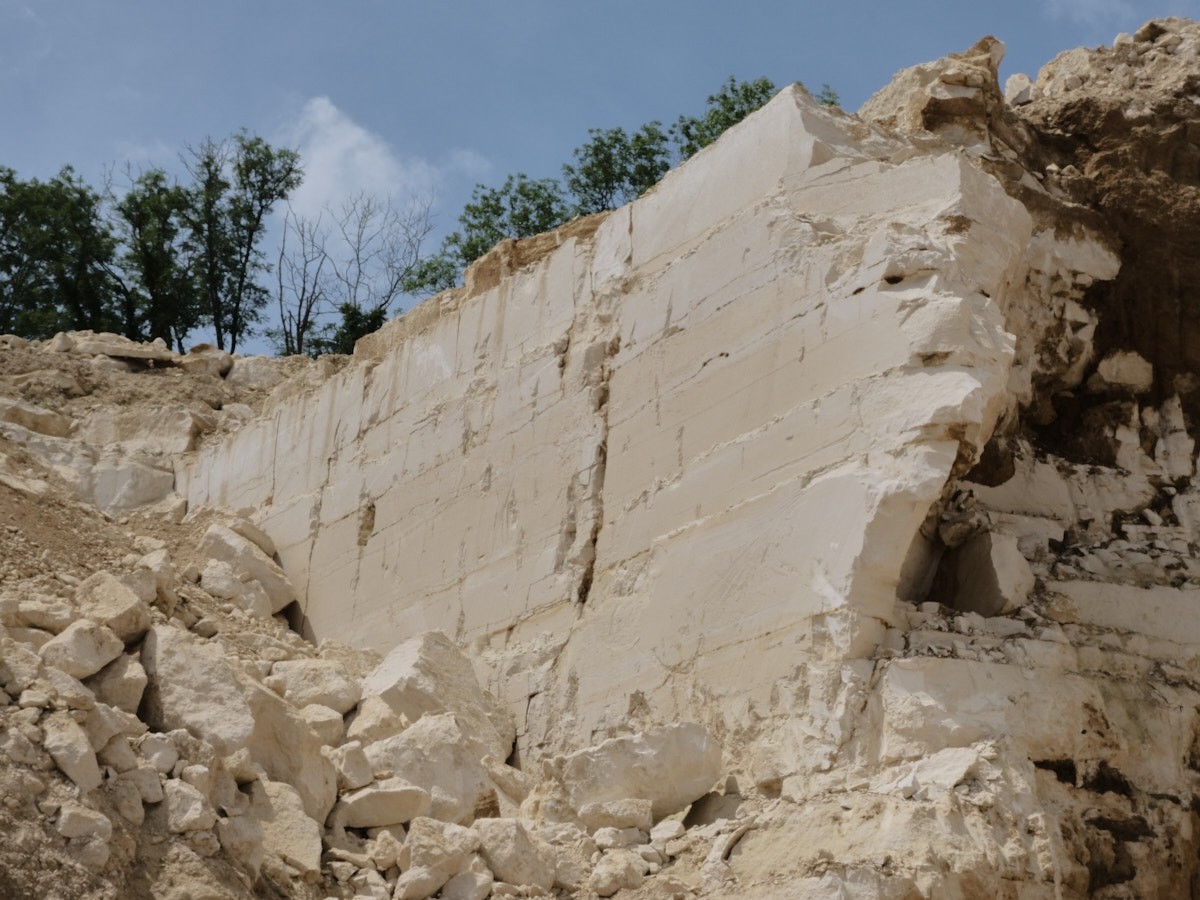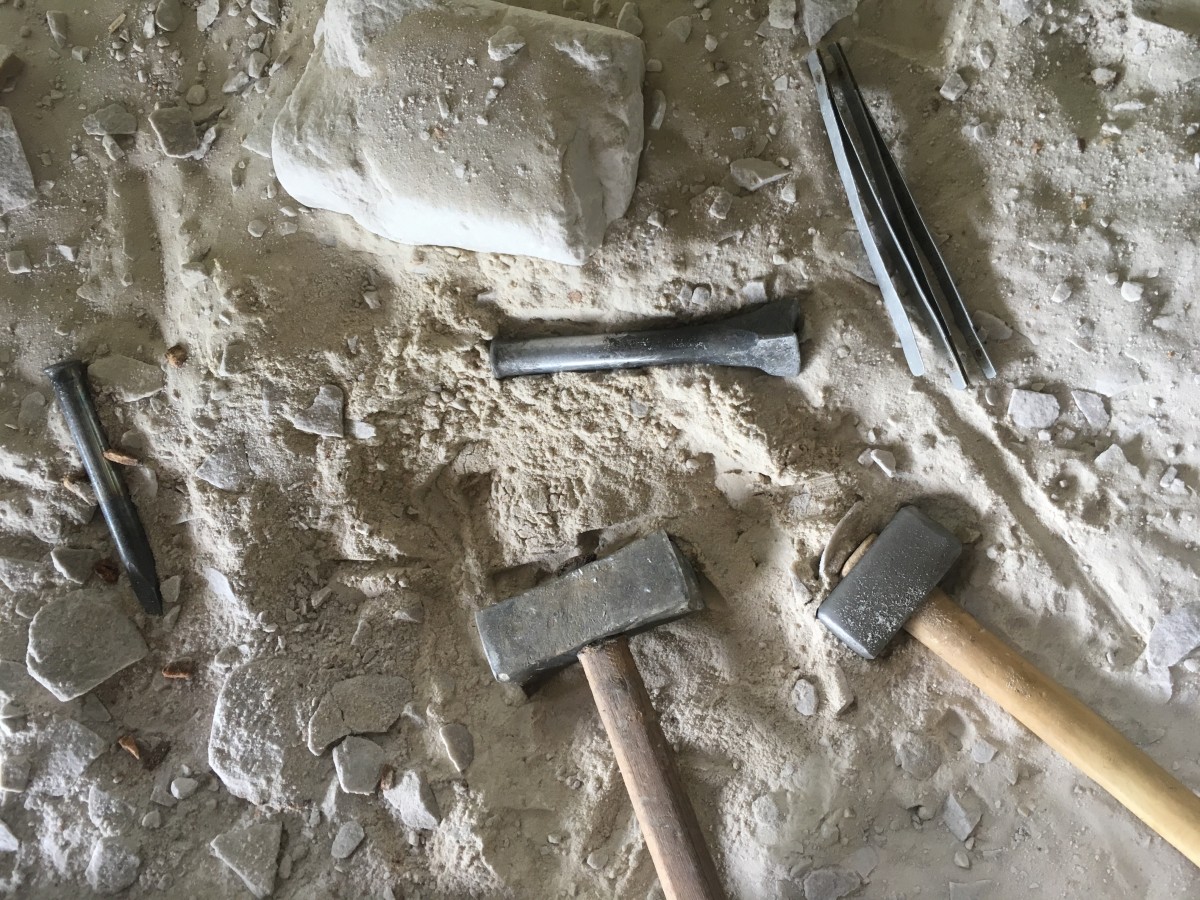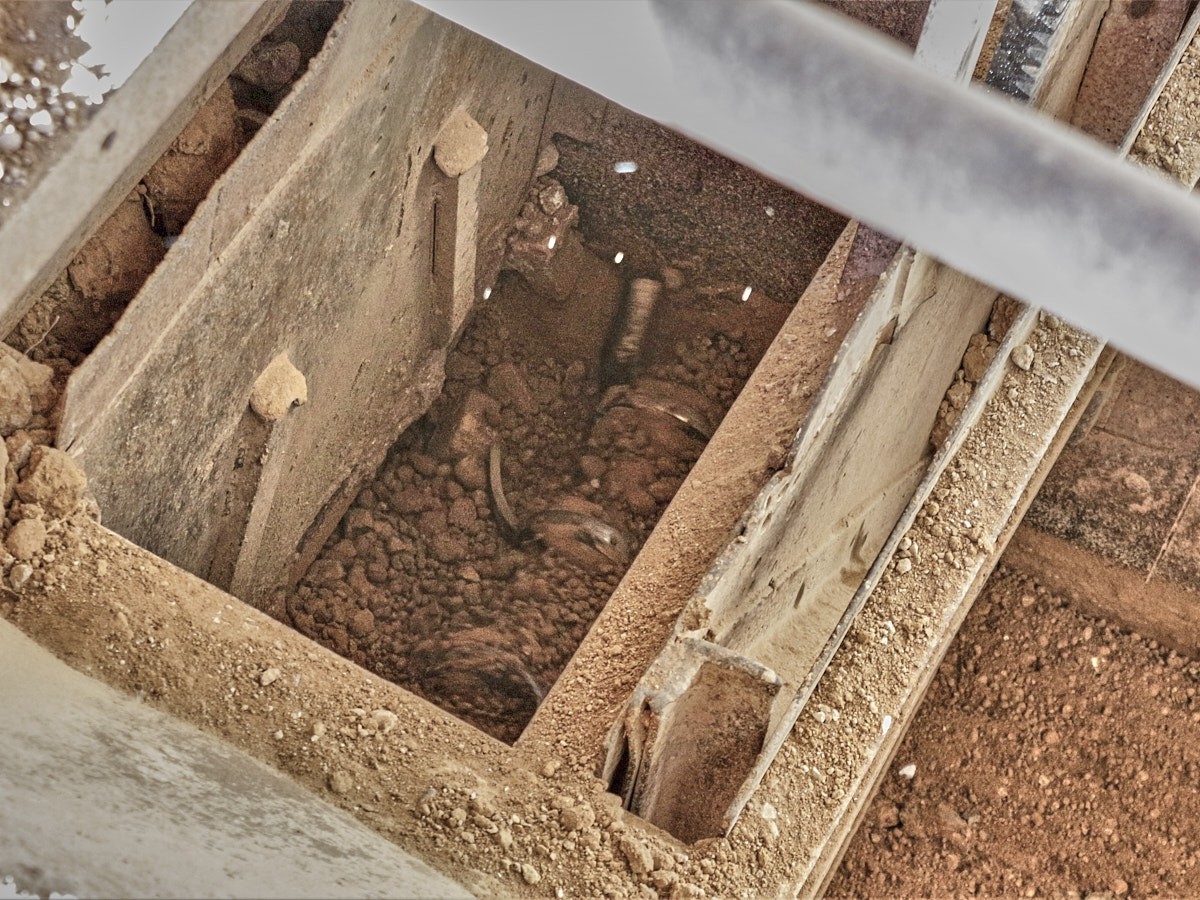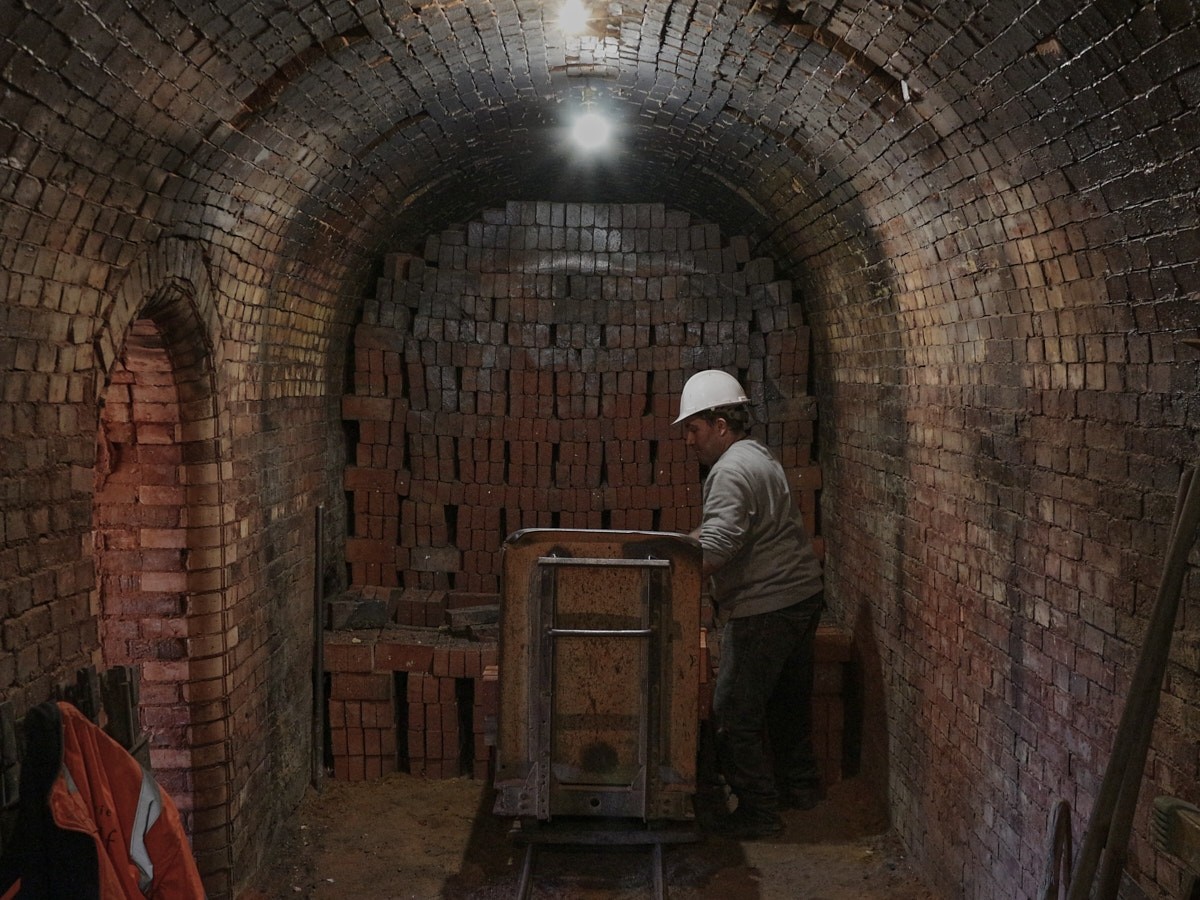The natural resources of the Île-de-France region long defined the identity of the streets of Paris and the hues of its architecture. Fontainebleau sandstone, for example, was used as paving material, Oise limestone to erect buildings, and Seine-Saint-Denis gypsum to provide protection to living areas. Hardwood was historically used even more extensively—in their framework, structure, covering, and interiors. Though these resources still exist, they have often disappeared from the vocabulary of contemporary Parisian construction, having been replaced by imported products and exogenous approaches.
The immersive scenography of the exhibition serves to show the metamorphosis of raw matter into building materials through four spectacular and informative projections. Contrasted with one another, the materials are exhibited at every stage of processing—from log to beam, stone block to masonry unit, and powder to plasterboard—alongside the tools required for their transformation. Organized with the support of dedicated professionals, the exhibition charts what its authors call the “material memory map,”* sketching and documenting the transformation of matter and materials within a 99 km [60 mile] radius of Paris.
Before being involved in the construction of a building, materials first form part of a territory. They need to be harvested, processed, and transported over a certain distance before being assembled to form a building. The construction materials currently used in the Île-de-France region generally come from somewhere else—from further afar in France, Europe, or even the other side of the globe. Sold through catalogs, packed, and labeled, they appear emancipated from their origins, making us forget their true nature as well as the means deployed to manufacture them, and the energy used to send them to their final destination. In doing so, construction materials are debased, while architecture overlooks its very geography.
As in all other fields, the great challenges of our time invite us to make the connection between what we consume and those involved in producing those things, between what we buy and where it comes from. The ambition of Ressources is to draw up this systematic inventory of the terroir in order to show the tangible and intangible heritage of the Paris metropolis and give everyone (especially to students and future professionals) a chance to see the tools that will be used to begin a new phase in vernacular architecture.

